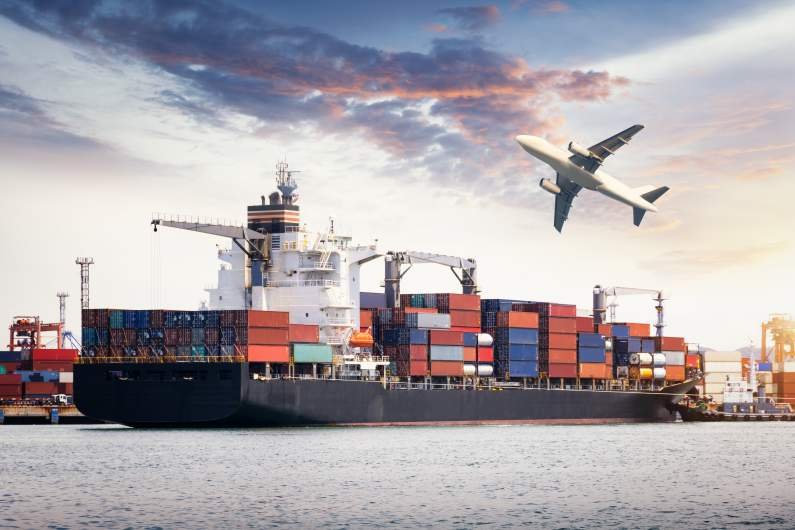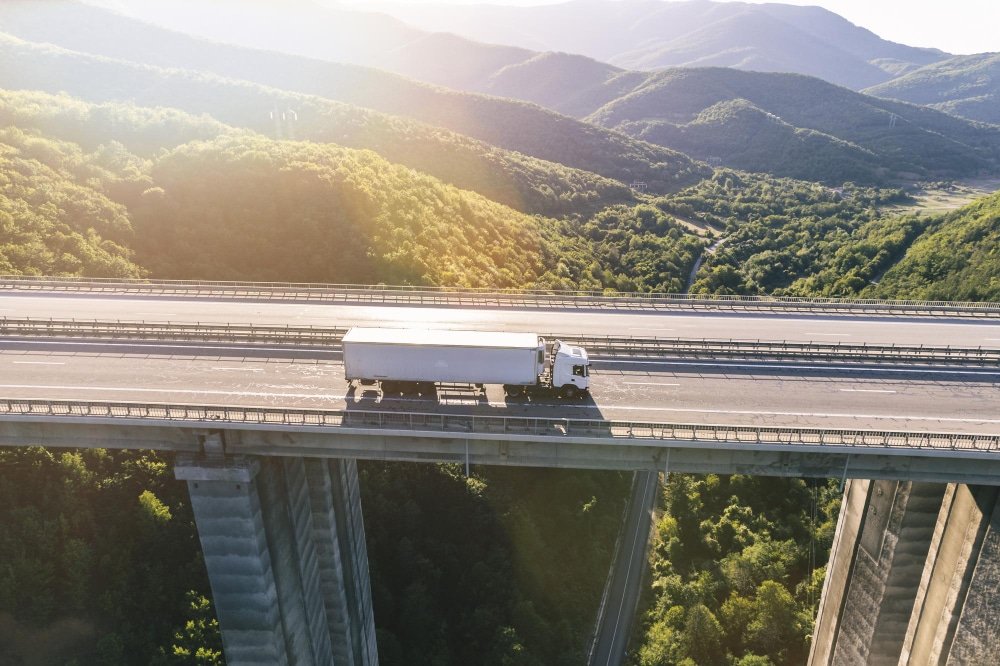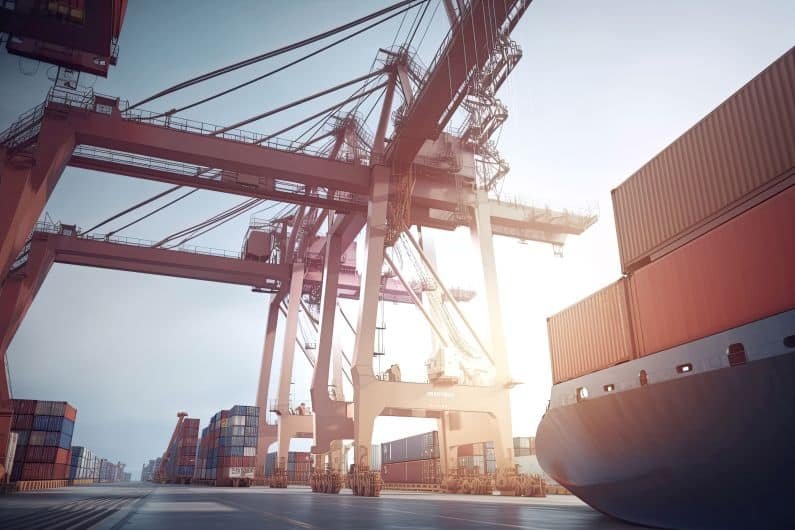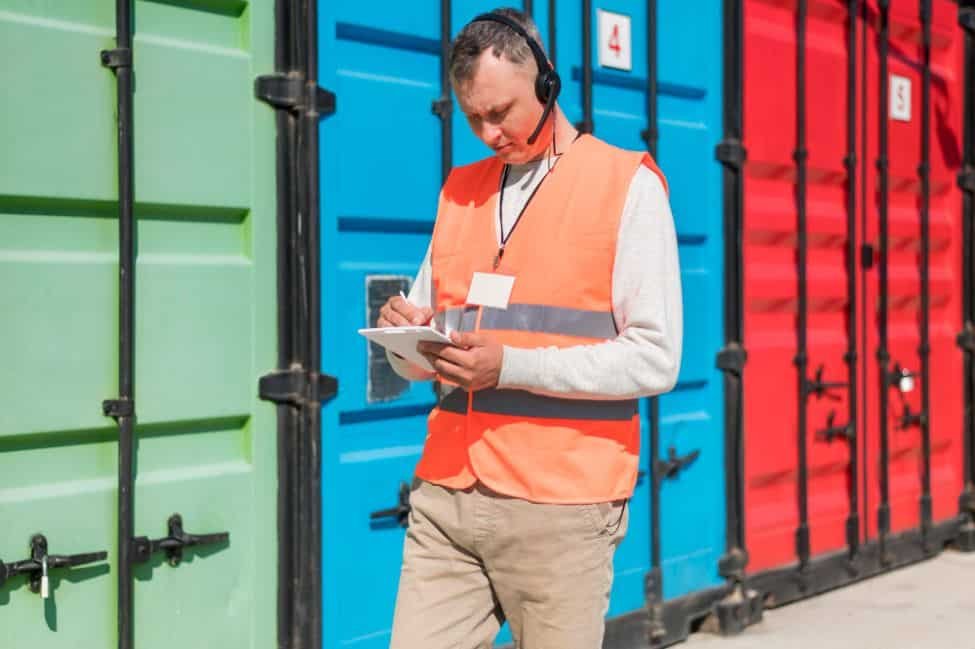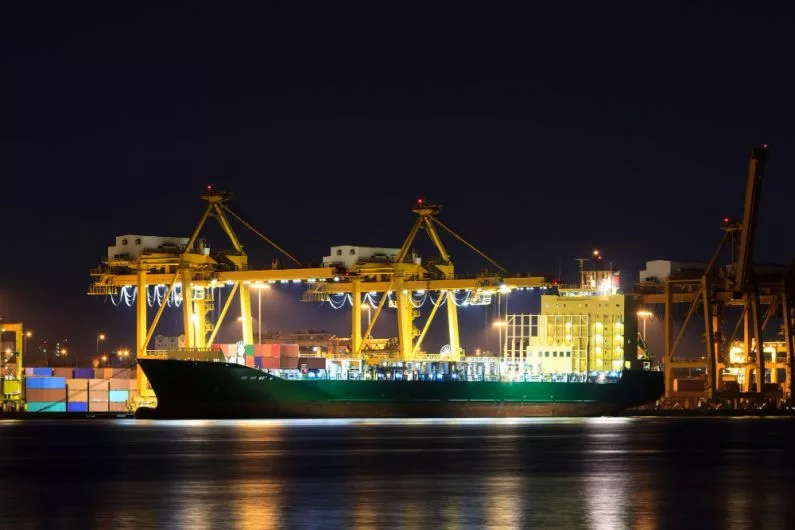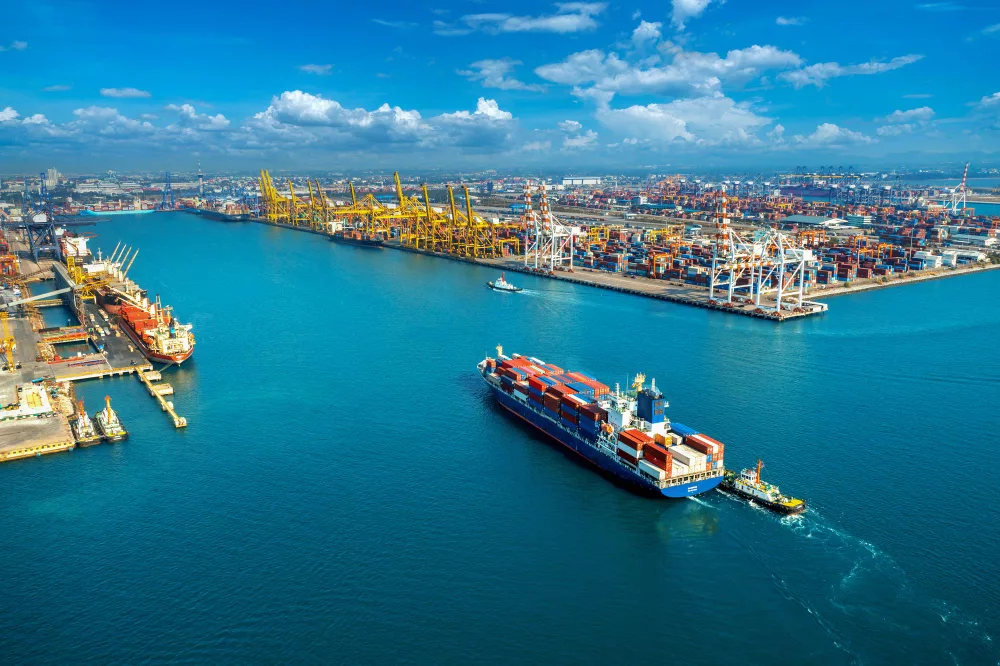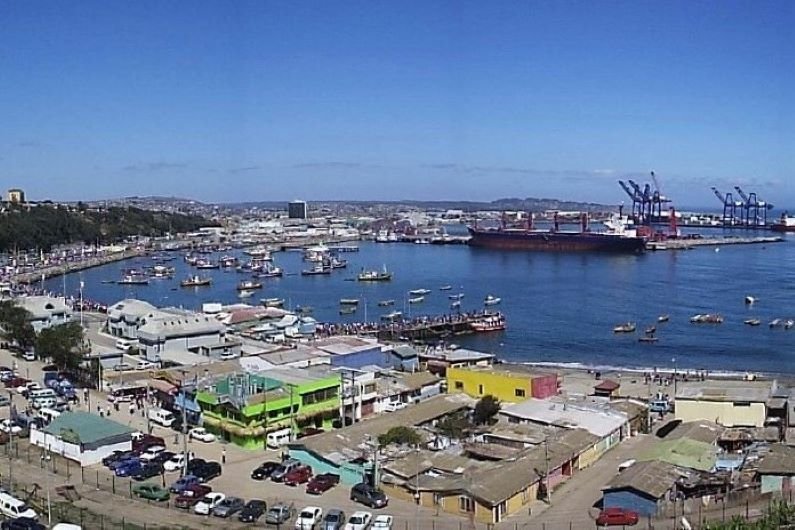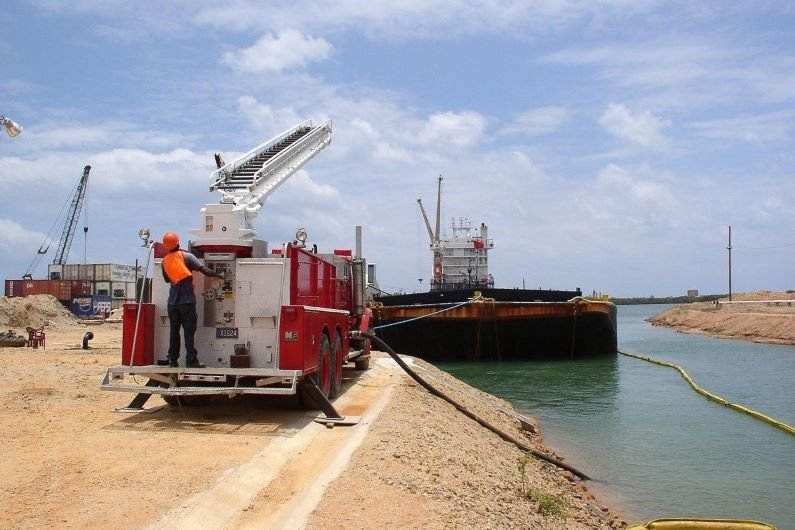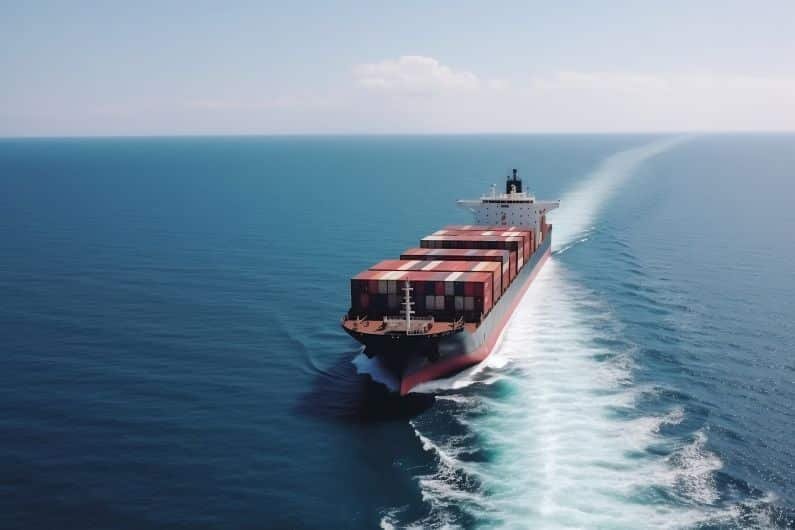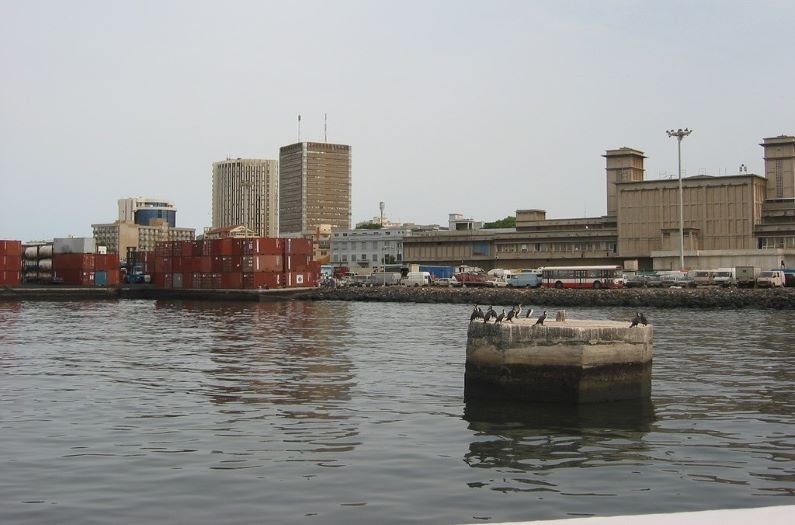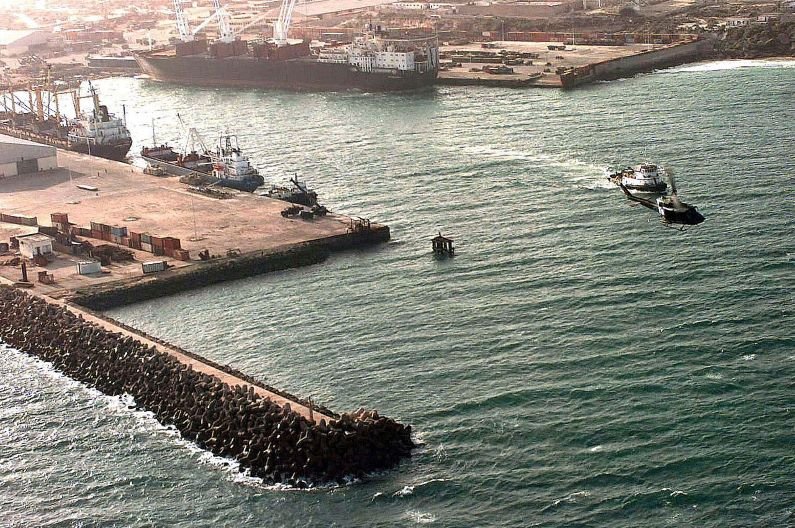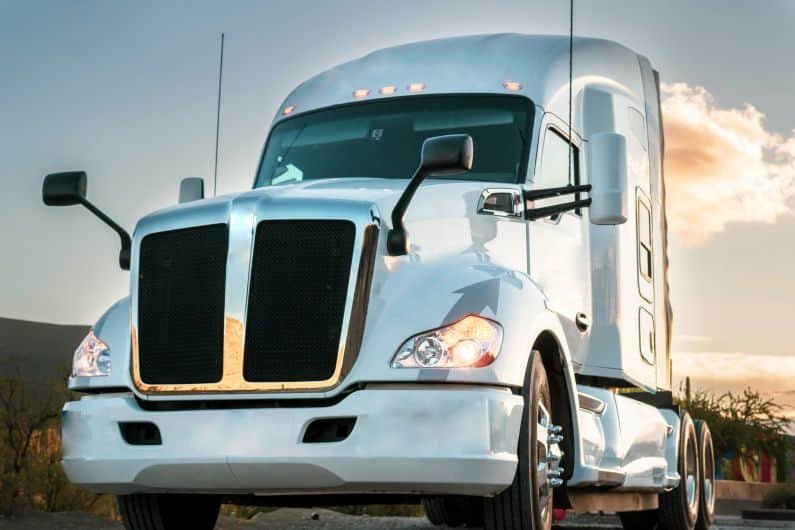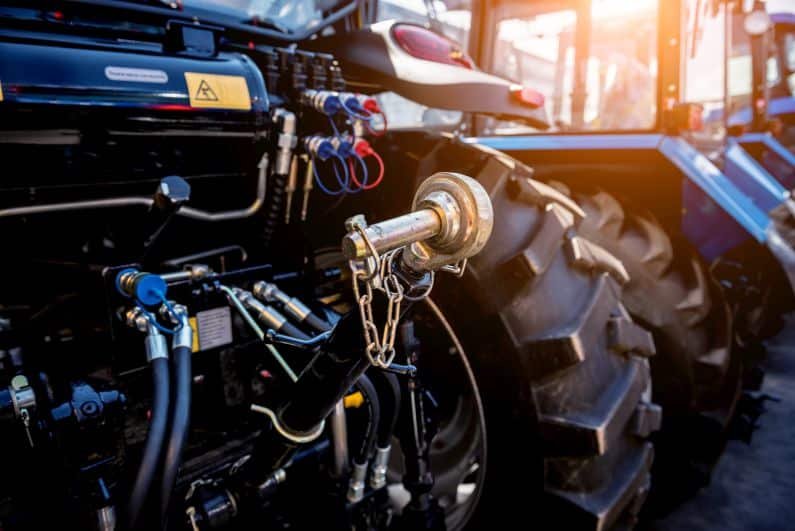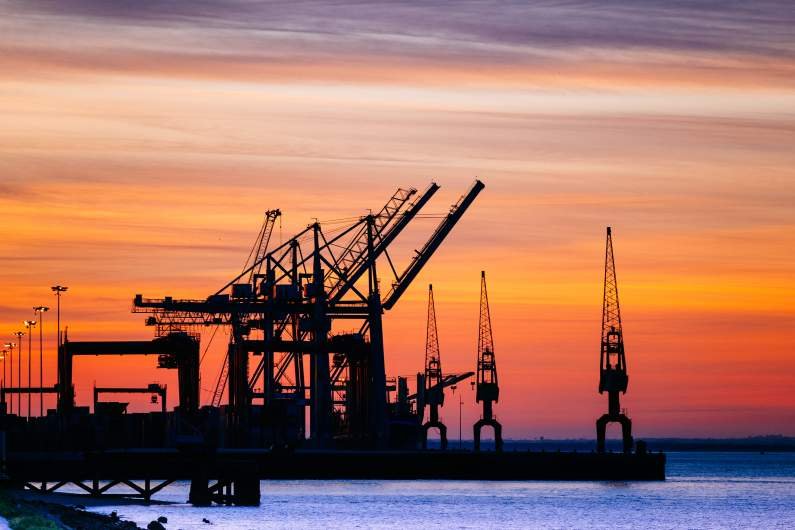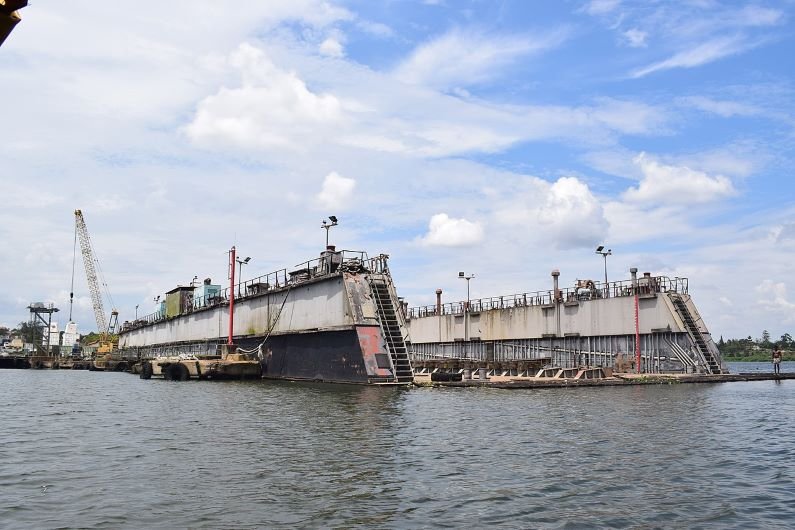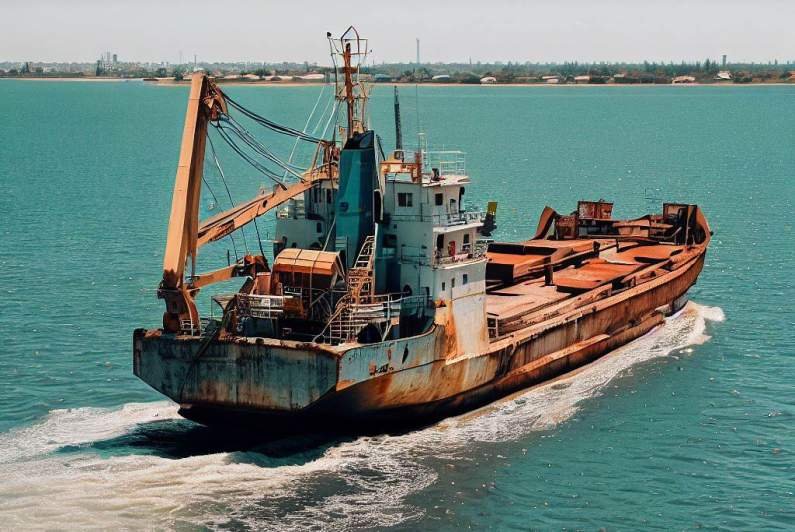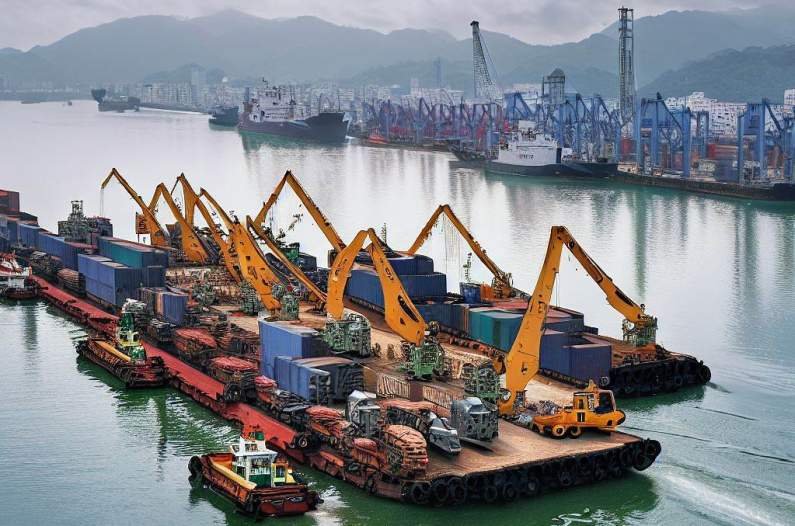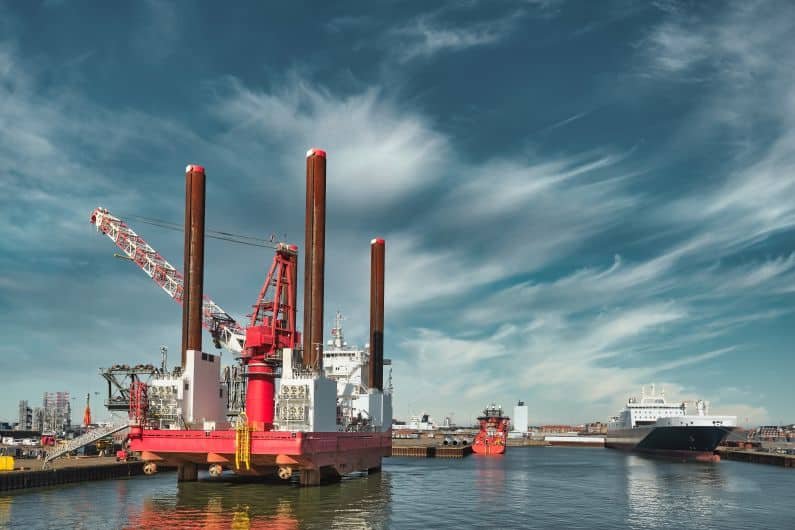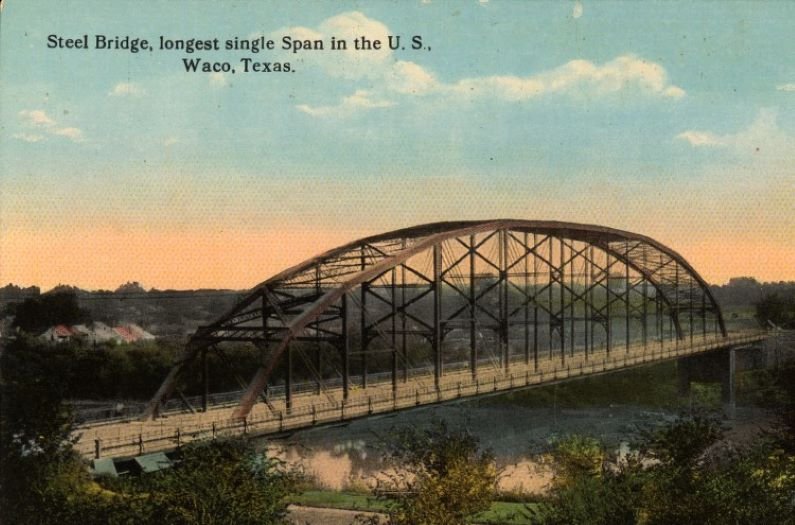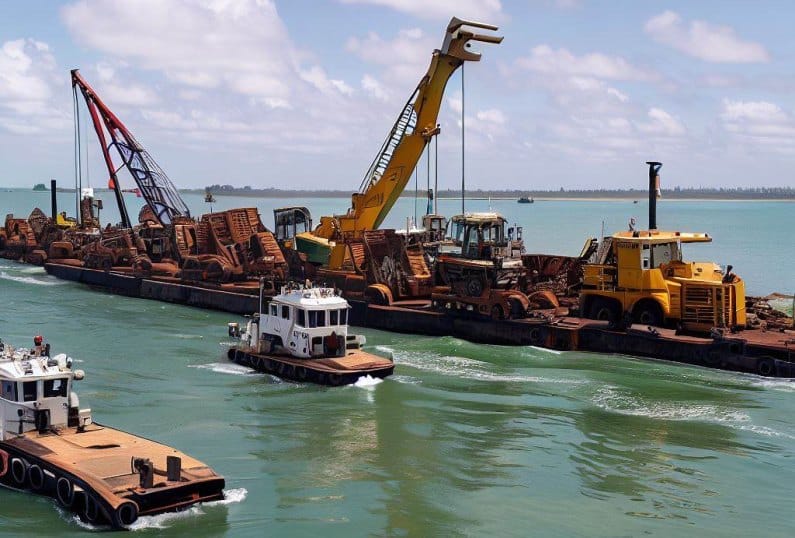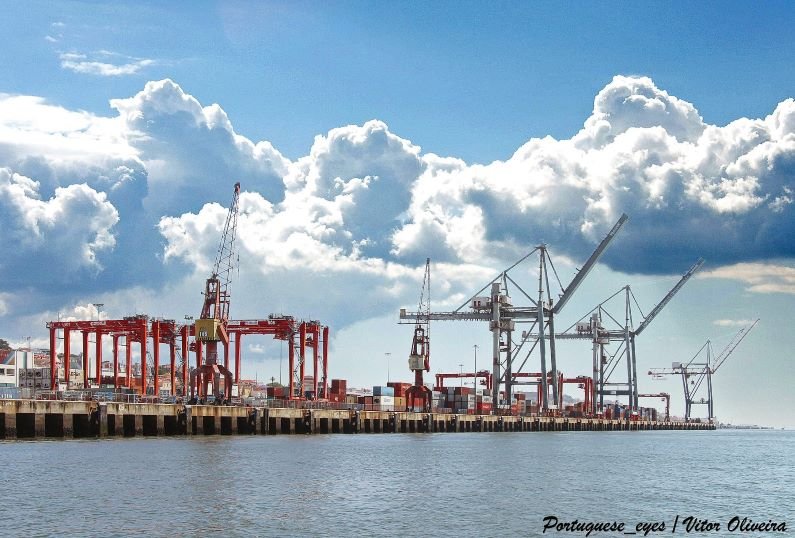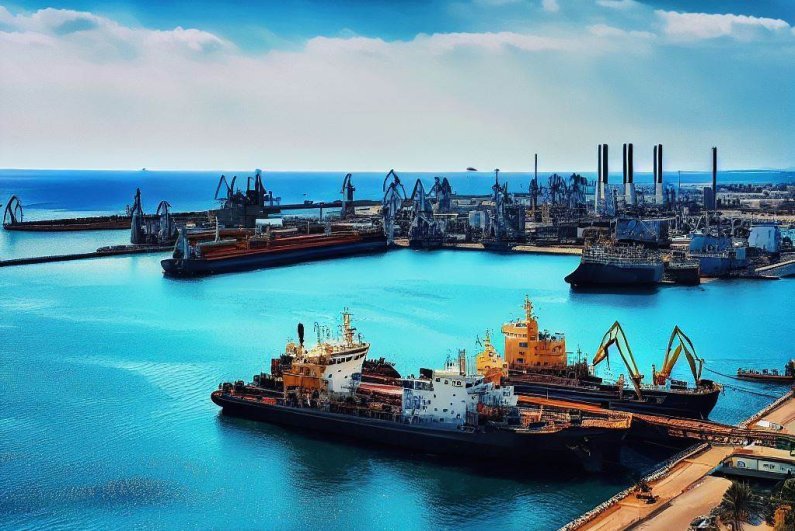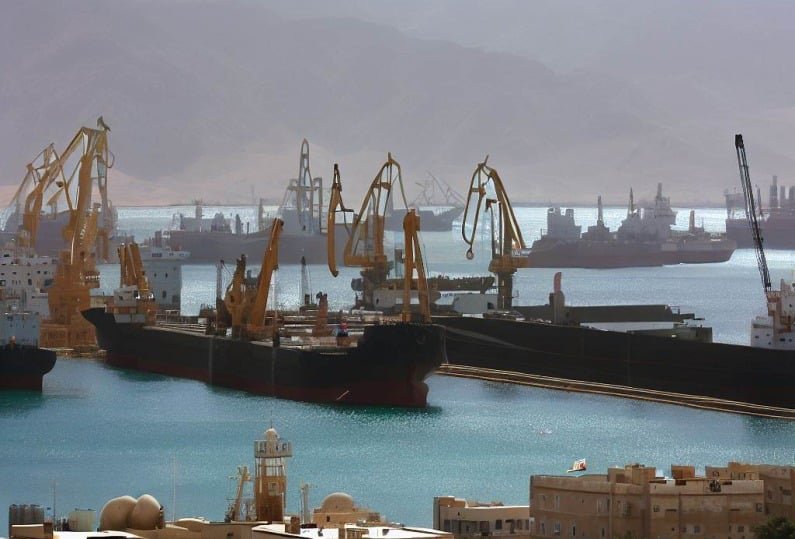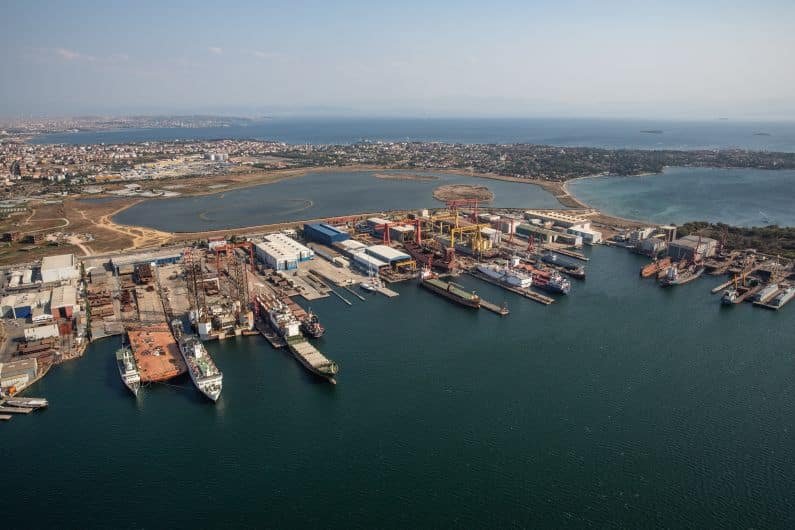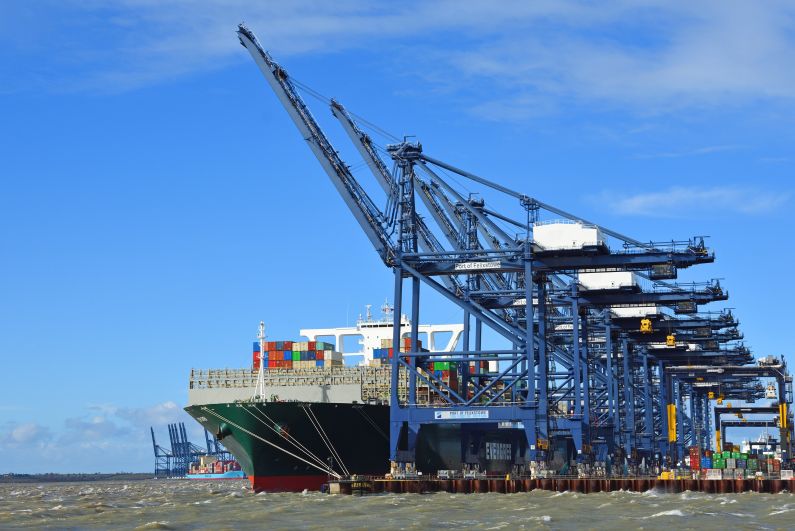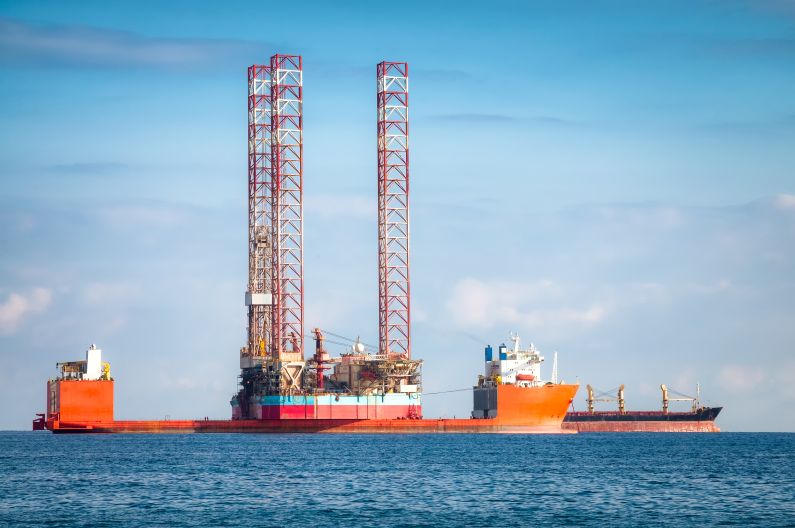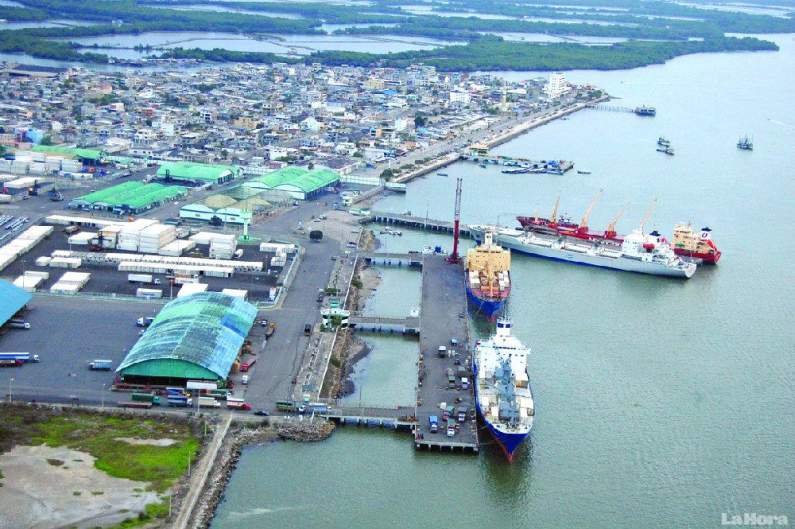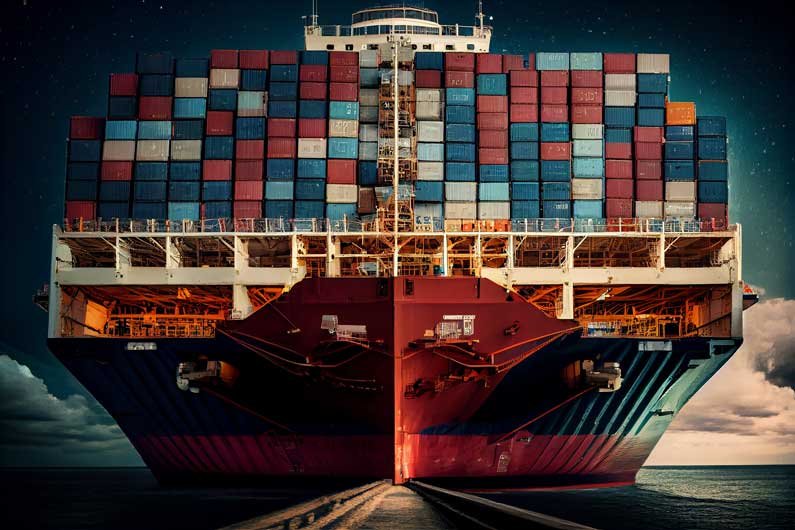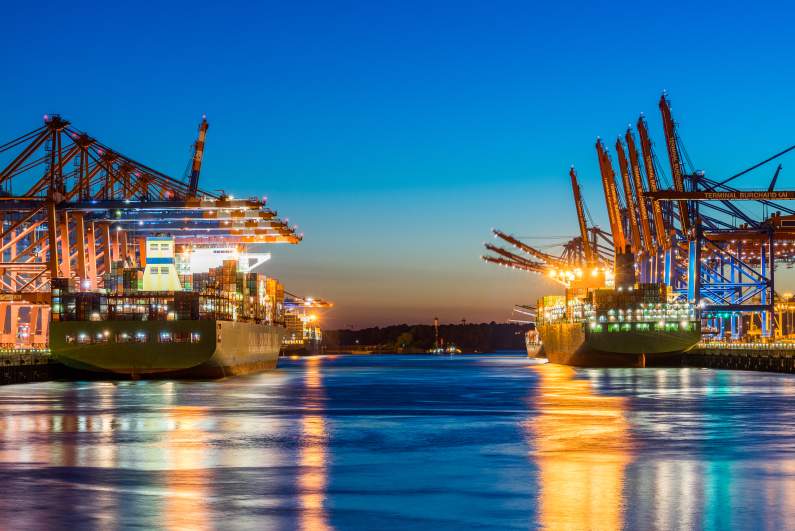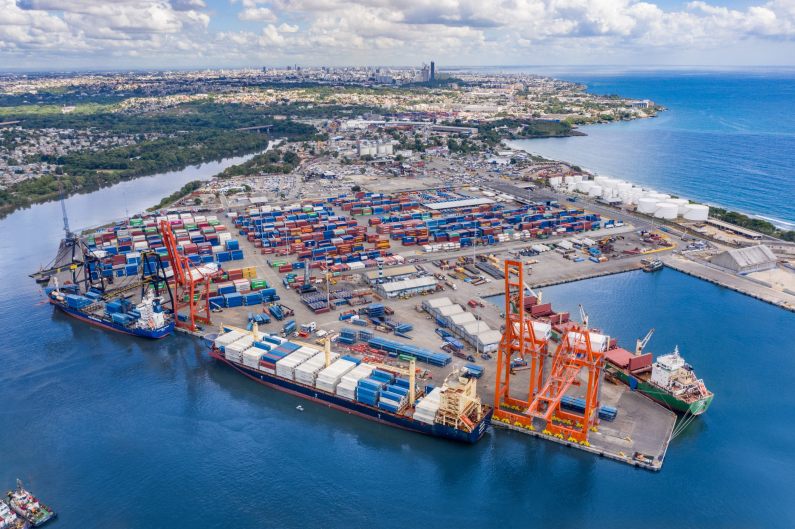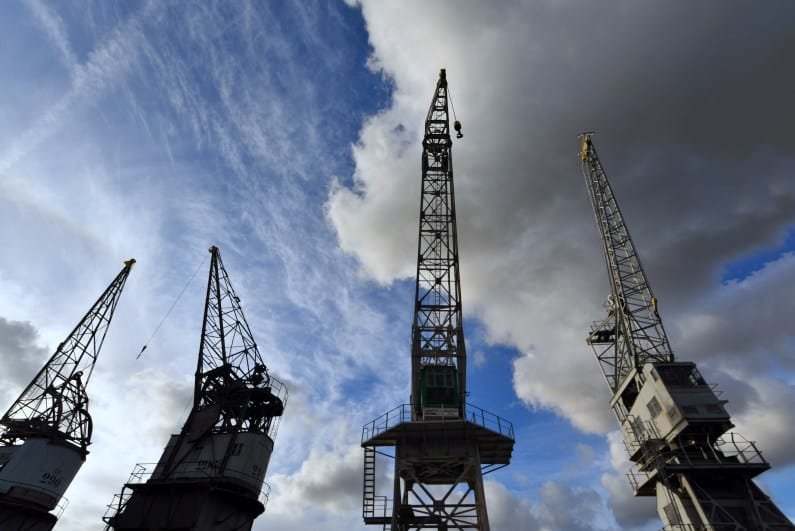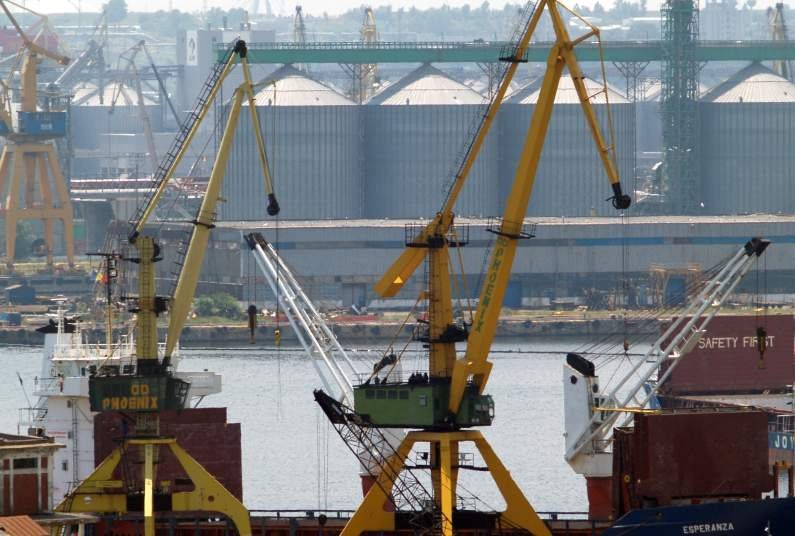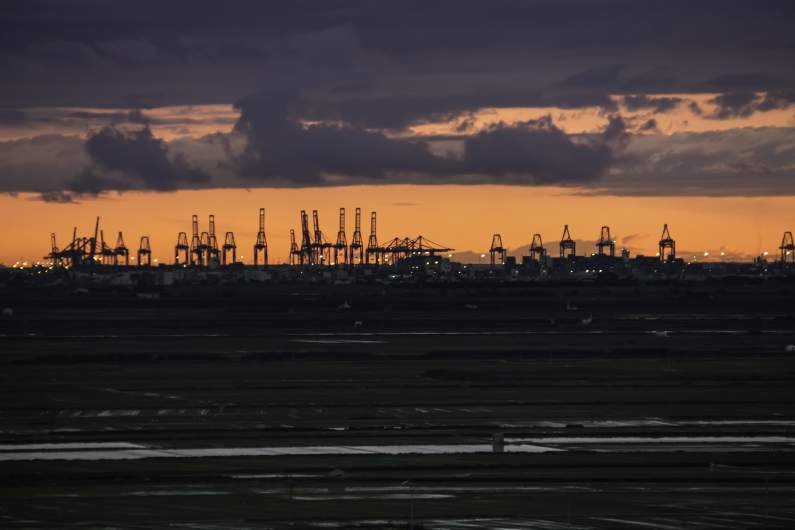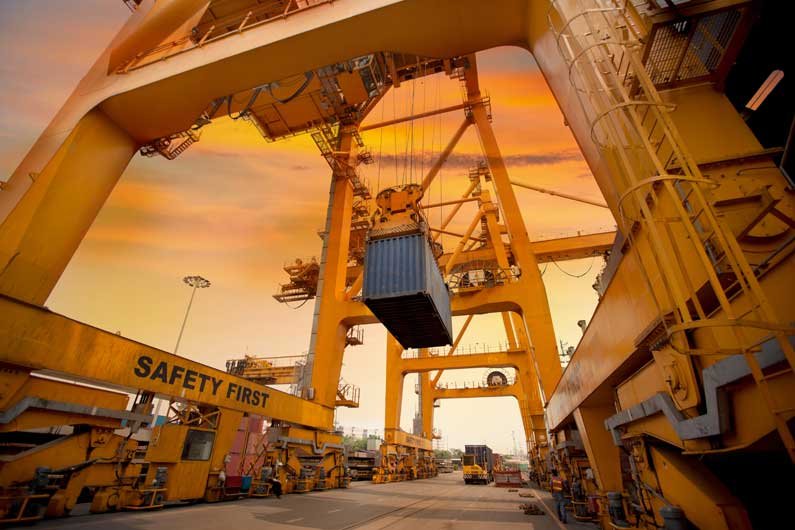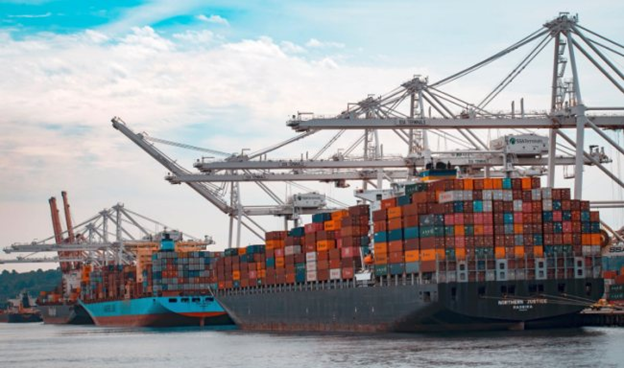Security is the most critical factor to consider when preparing to transport your freight, either locally or internationally. Proper security ensures that your goods aren’t damaged or stolen in transit and that the workers who are transporting the package don’t get into any form of danger. Securing your freight also means packaging it such that vibrations and shocks on the road and the high seas cause zero damage to the goods.
To a large extent, the security of your products is dependent on the mode of transport you choose, the options being road, air, or water transport. However, there are some common security factors that you will have to consider regardless of the transportation option you go with. Factors such as packaging, loading, unloading, direction changes, and friction while in transit must be addressed sufficiently if you are to secure your products during shipping. You need a security solution that takes all of these factors into account and as satisfactorily as possible.
Here are 10 secure ways to transport your freight and ensure your content’s safety:
Blocking
This arrangement pattern enables you to fill empty spaces within your cargo’s container so that your products (in most cases wheeled equipment) do not make unwanted movements during transit. Blocking can be done using wedges, chocks, wood bracing, and walls.
Using a Freight Forwarder’s Export Crating Services
A freight forwarder with crating capabilities takes the security burden off your shoulders and handles every aspect of your freight transportation. The forwarder ensures that crating and packing is done right and that all freight is loaded onto the trailer or container, sealed, cleared, and shipped. They ensure that all legal requirements are met, including the issuance of the shipper’s Bill of Lading (BOL) or Airway Bill (AWB). Once the freight is in transit, the forwarder stays in contact with the freight via phone, and increasingly with GPS tracking technologies. It is only after the freight arrives at the intended destination, is unloaded, and any shortages or damages accounted for that the freight broker relinquishes their responsibilities.
Full Truckload (FTL) Shipping
This way is secure for freight large enough to fit in an entire semitrailer or flatbed, with as much as 44,500 lbs of freight or a couple dozen pallets. Once your cargo is loaded onto a truck, it isn’t handled again until it reaches its final destination. That ensures that there are minimal damages and eliminates chances of cargo theft. What’s more, insurance for liability is standard with full truckload carriers, and cargo insurance against loss or damage is provided to a limited extent.
Layered Cargo Security System
Cargo thieves are all over, and they are getting smarter by the day. You won’t believe how fast a 20,000-pound cargo can disappear somewhere between loading and final delivery. Thieves use cyber-attacks, physical attacks, as well as deceit to strip parts or steal the whole of your freight. That is why you need a layered approach to your cargo security. Use technology to secure your freight, but don’t forget to use hard security devices to prevent physical theft. And starting with a reputable forwarder or carrier with a track record of customer satisfaction is one of the most time-tested ways of making sure your freight is safe and secure.
Lashings and Tie-Downs
Lashing and securing ensures that your cargo is properly tied down on the truck’s bed or the flatrack container for the transit. You can use straps, webbed materials, cords, chains, and any other material that can apply enough tension on the cargo to keep it firmly attached to the truck’s or flatrack’s surface. NCB sets the standards for lashing and securing to flatracks for ocean transport.
Palletize and Crate Loose Items
If your cargo contains loose items, it is best that you put them in crates or pallets or skids in order to avoid damages. It is also extremely hard to lose such items when they are secured in a crate.
Or Box Them
If your shipment is 200 pounds or lighter, boxing it is a great option. You can then stack the boxes and align them in columns in order to tie them together and prevent wobbling or unwanted movement.
Skidding and Cradling
For larger cargo that extend beyond the perimeter of a standard pallet, custom-made skidding can be produced for your freight. Also, for very large vessels or some other type of cylindrically shaped freight, building cradles and saddles make transportation possible. Yachts are transported using cradles, too, for example.
Insurance Coverage
Our list of the secure ways to transport your freight will be incomplete if we fail to mention that as many prevention methods as you may put in place, you can never be completely certain that cargo theft or damage won’t occur. That is why it is wise to have the right insurance as a loss precaution. We can provide dollar-for-dollar cargo insurance for almost all types of commodities going to almost every place in the world.
Chaining Wheeled Equipment
Wheeled equipment can easily slip from under a tie-down. To prevent that from happening, it is important to chain it under the tie-downs. This eliminates any possibilities of lateral motion due to the wheels.
Conclusion
The financial implication of damaged or stolen goods can be too severe to bear, even for a big company. You cannot afford to put your millions’ worth of cargo in transit without securing it properly. The 10 ways suggested above will help you get started in your freight security strategy.

